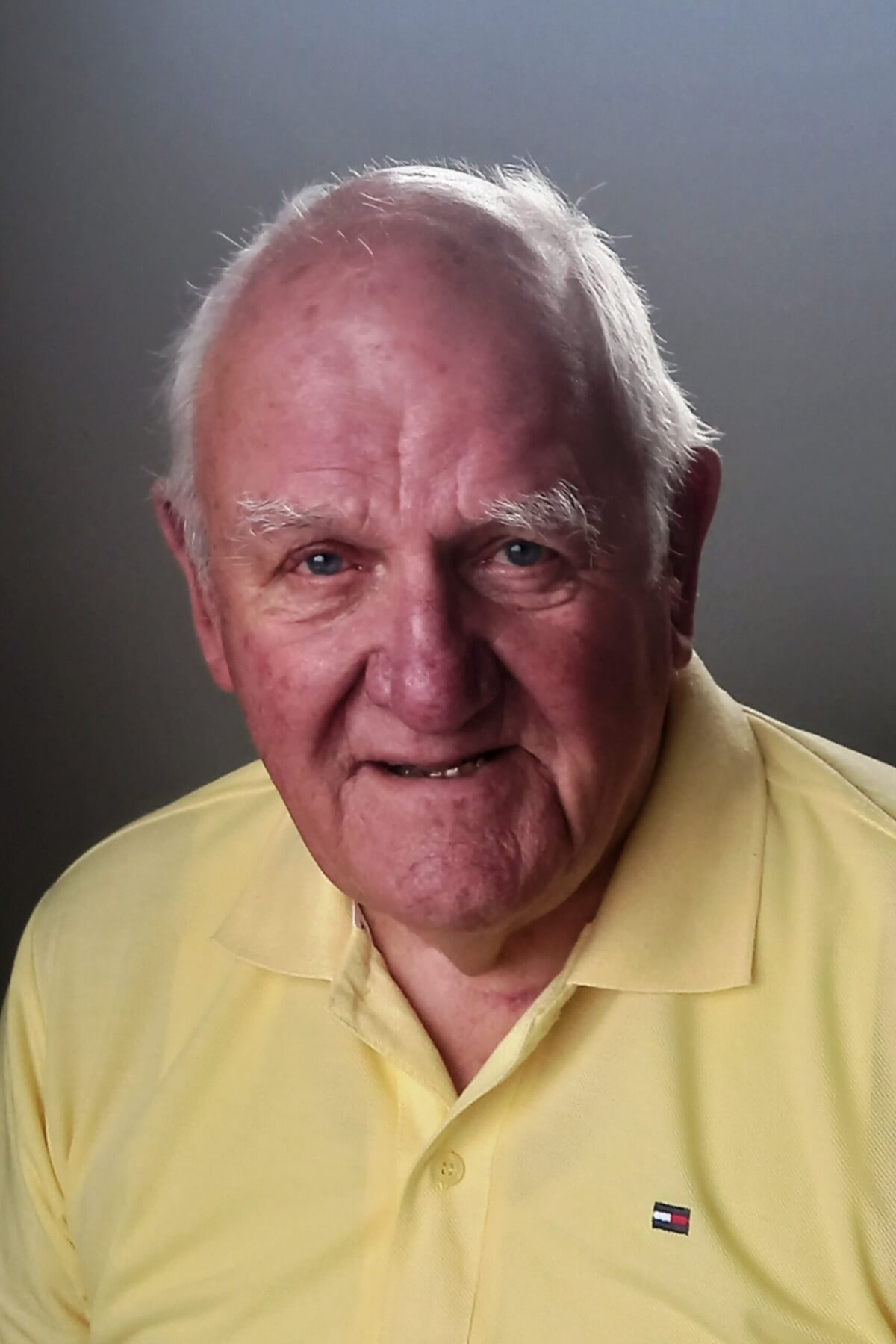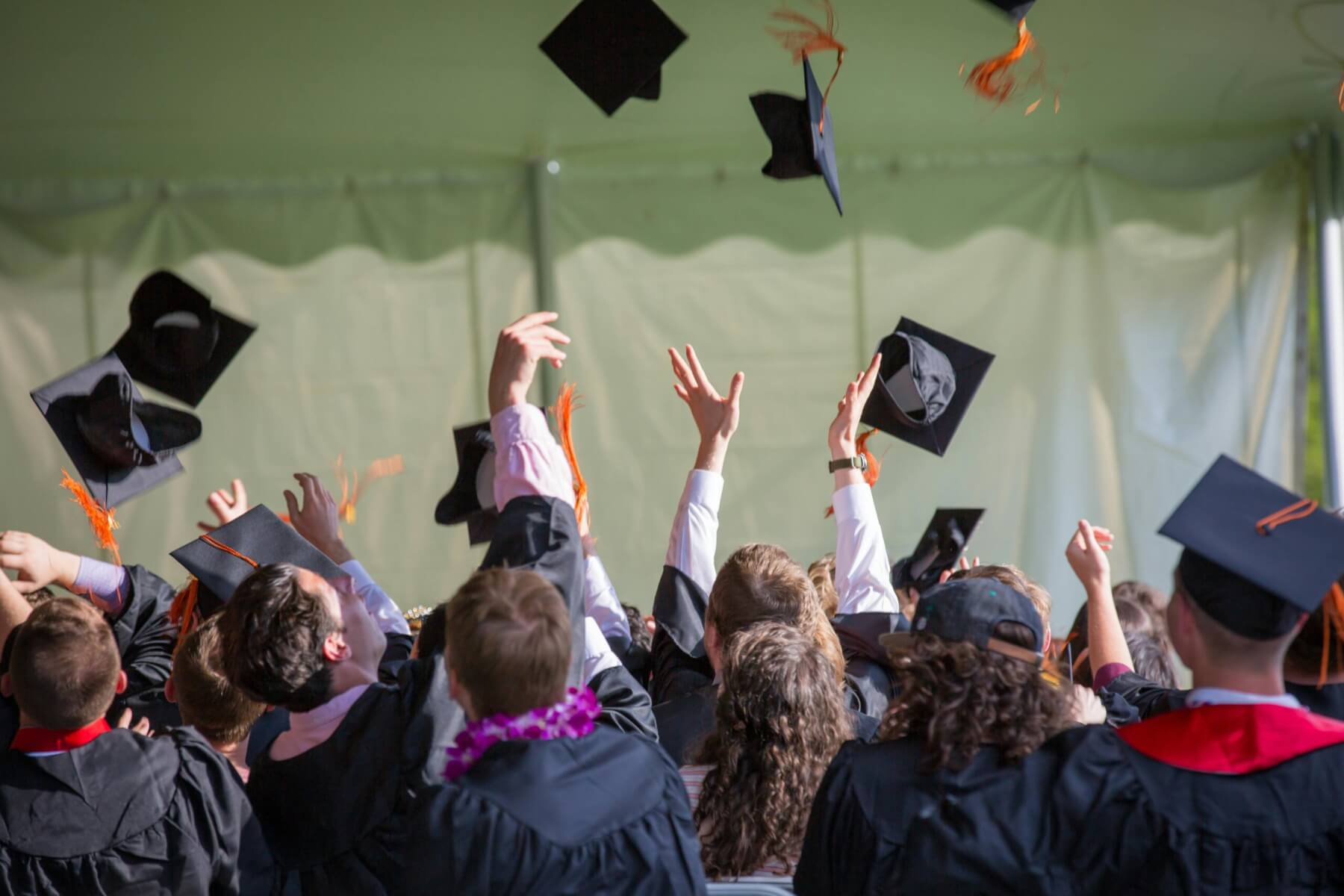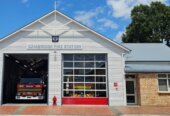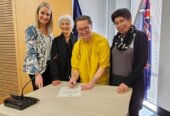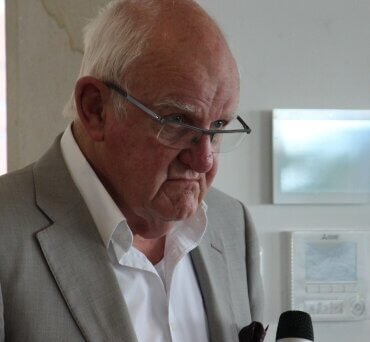
Peter Carr
Last week involved a round trip to Otaki and Wellington mainly to catch up with family members. As we moved south – with Waikato officially in a drought scenario – the only real green land we saw during the travel was between Taihape and the Rangitikei area.
At the home of a daughter their 4.85ha property were almost pure dust with the small posse of horses and cattle being fed (mainly) hay to stay alert.
This was most dispiriting to observe, and the horses were very lethargic and heading either for their stalls or the shade of the tall boundary pines to hide away from the direct heat of the sun.
But when we moved further south to watch Saturday morning school cricket, we came upon a haven of pure verdant pasture alongside the western bank of the Hutt River shortly before it disgorged into Wellington Harbour.
Either a groundman had hit upon some magic formula that combatted weeks of direct, rainless, sunshine or the Lower Hutt Council had a secret supply of abundant water. The devil in me opined that perhaps a sneaky pipe stuck in the nearby river may well have been the saviour of the pitch for the river water was about to join the ocean via the nearby harbour so why worry?
However it was achieved, the spectacular of year 12 boys battling it out over a T20 event using a strange eight-man team each side was a joy to watch. Batters who had to retire at 25 runs were permitted back on if their last man was declared out and there were still overs to spare. What better way to send a sunny, although windy, morning relaxed with coffee in hand, easy chairs, no life pressures and lean looking young men toiling for the glory of their schools.
Later that day I had the chance to tour their school campus and marvel at the extent to which private schools achieve a good mix of facilities, ample grounds and excellent scholastic results.
I guess having a strong alumni helps especially in philanthropic terms. Which begs the question as to whether state secondary school pupils get a fair crack of the whip.
It would be interesting to peruse the makeup of the rolls of mainstream universities to assess the balance numerically between private and public schools. Being brought up attending a British public school (here called private) and noting the number of bright seventh-formers (or upper sixth in my school) who gained entry to higher standard universities, one can understand the (British) employment demands where the name of a university counts towards the opportunity of employment. Possibly unfair, but a fact of life.
But do these private schools attract better teachers? How does their income compare to those employed by the Ministry of Education? Are there figures available to assess how long teachers stay within their current school environment and are young people being fairly exposed to a balance of wisdom, educational care and historical pride? I would be happy to hear from retired teachers as to their views.



